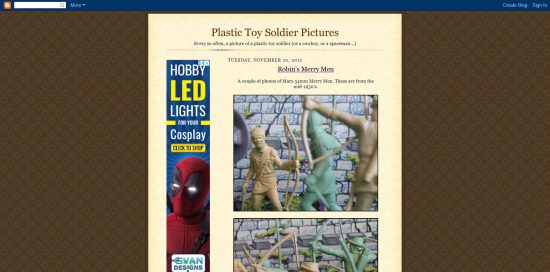I'm always trying different materials to see how useful they are on my hobby workbench. This time, I tried 3M Wall Repair Compound, which comes in a 12 oz plastic bin. It was about $3 USD when I bought it at Walmart, but I see it priced online from $7 USD to $22 USD currently (pandemic pricing?).

This stuff is interesting. You pop the lid off the container, and it's full of what looks like white dust and fibers…

When you apply this stuff somewhere, it's like spreading flour – but when you compress the stuff, it compacts and quickly 'dries' into a solid. And the fibers give it an internal cohesion.
So what can you use it for, as a miniature wargamer? First, it doesn't work well as for terrain or basework – it's hard to apply in small amounts, it doesn't adhere well, and besides pressing it into place, you can't shape it much.

However, one task I run into a lot is the need to fill in plastic bases, usually because I want to attach material to the base, and just gluing it to the base lip doesn't hold very well. I've tried spackle as a filler, but it shrinks when it dries, and adhesives don't work well with dried spackle.

So I tried using 3M Wall Repair Compound as a filler – just press it into place, and level it off. I found that it doesn't shrink, and adhesives seem to work better with it.

Here are more figures, which I've filled the bases and applied LITKO pre-cut Flexible Steel self-adhesive disks. Now the figures can be safely stored on magnet-lined storage boxes!










